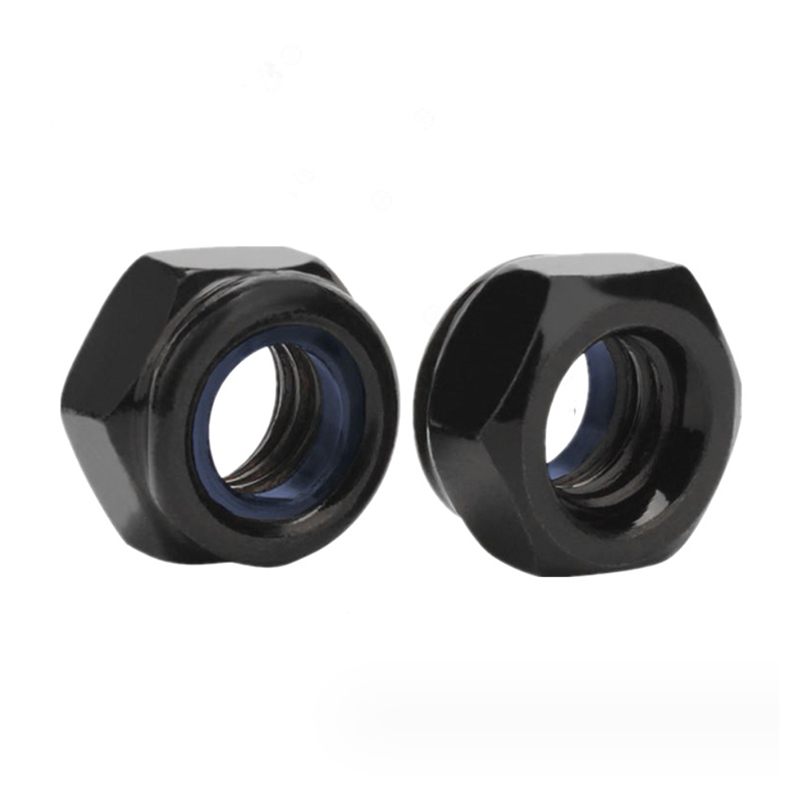
Black Hexagon Thread inside Lock Nut
The hexagonal tapping lock nut, also known as a hex tapping nut with a locking mechanism, is a type of nut designed to thread into a tapped hole and provide a locking feature to prevent loosening under vibration or varying loads. These nuts are typically used in applications where a secure and reliable connection is required.
Hex tapping lock nuts are versatile fasteners used in a wide range of applications where a secure and vibration-resistant connection is required. By understanding the features and choosing the right size and material, you can ensure that these nuts meet the specific needs of your project.

































































